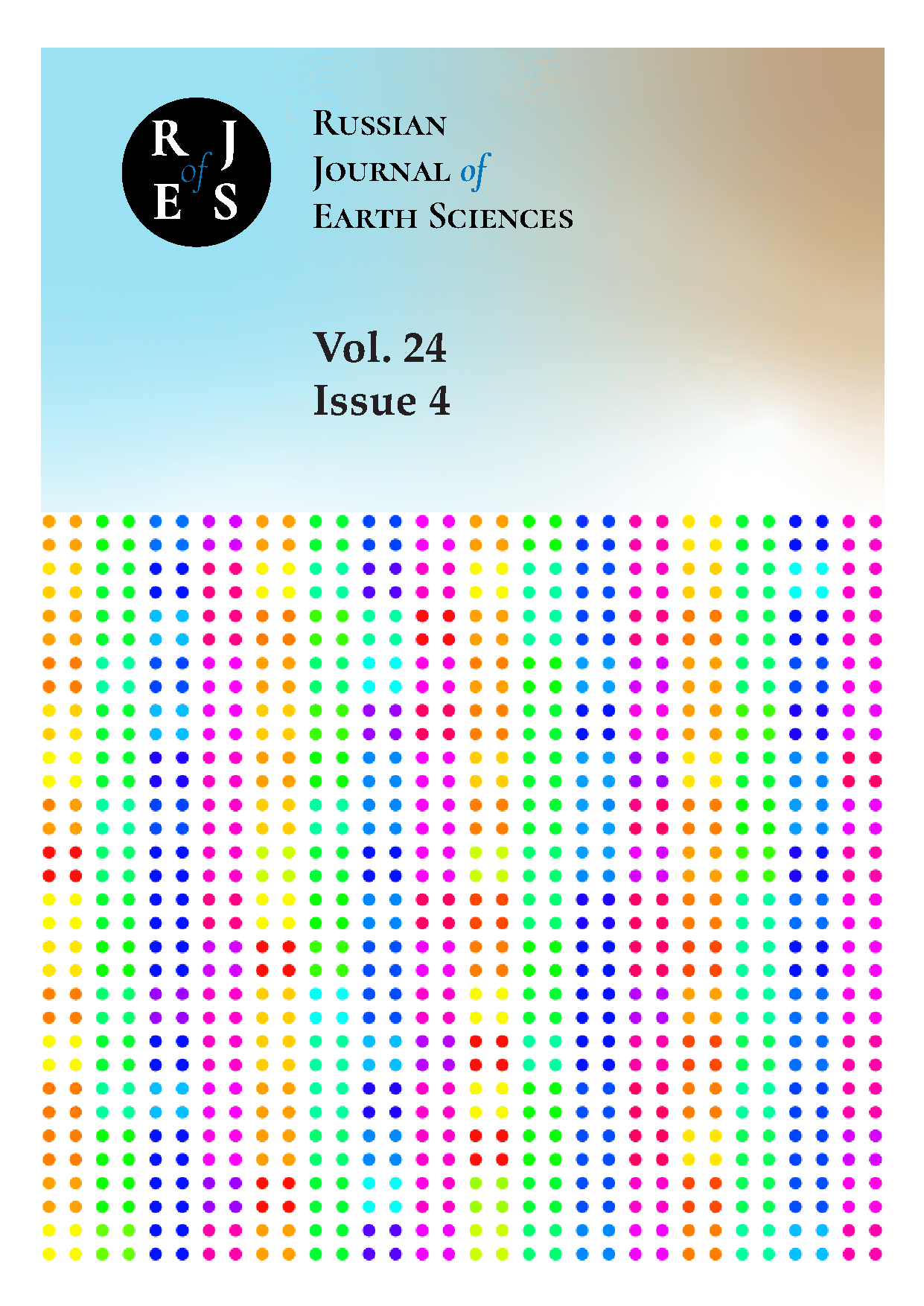Институт прикладной геофизики имени Е. К. Фёдорова
Россия
Геофизический центр РАН
Москва, г. Москва и Московская область, Россия
УДК 55 Геология. Геологические и геофизические науки
ГРНТИ 37.00 ГЕОФИЗИКА
ГРНТИ 38.00 ГЕОЛОГИЯ
ОКСО 05.00.00 Науки о Земле
ББК 26 Науки о Земле
ТБК 63 Науки о Земле. Экология
BISAC SCI SCIENCE
In this brief paper, we analyze space weather events that occurred on May 11 and 12, 2024, from the perspective of an operational space weather center that provides advisories for civil aviation. One of the key metrics monitored by the center is the radiation dose rate at operational flight altitudes. A model implemented by the center provides the dose rate in real time. The model showed that dangerous levels were momentarily exceeded just above the usual 30,000 feet level during the events. This paper highlights differences in models used by various space weather centers, emphasizing the need for harmonization.
space weather, solar proton event, radiation dose rate, civil aviation, ICAO
1. Barannikov, Y. I., O. A. Barsukov, and P. F. Gavrilov (1987), Calculation of ionizing radiation levels along trajectories of high-altitude flights, JPRS Report Science Technology USSR Space, 21(2), 102–109.
2. Beck, P., D. T. Bartlett, P. Bilski, et al. (2008), Validation of modelling the radiation exposure due to solar particle events at aircraft altitudes, Radiation Protection Dosimetry, 131(1), 51–58, https://doi.org/10.1093/rpd/ncn238.
3. Burns, A. G., S. C. Solomon, W. Wang, and T. L. Killeen (2007), The ionospheric and thermospheric response to CMEs: Challenges and successes, Journal of Atmospheric and Solar-Terrestrial Physics, 69(1–2), 77–85, https://doi.org/10.1016/j.jastp.2006.06.010.
4. Fiori, R., V. V. Kumar, D. H. Boteler, and M. B. Terkildsen (2022), Occurrence rate and duration of space weather impacts on high-frequency radio communication used by aviation, Journal of Space Weather and Space Climate, 12, 21, https://doi.org/10.1051/swsc/2022017. EDN: https://elibrary.ru/DBDCVG
5. Green, L., and D. Baker (2015), Coronal mass ejections: a driver of severe space weather, Weather, 70(1), 31–35, https://doi.org/10.1002/wea.2437.
6. Hapgood, M. A. (2011), Towards a scientific understanding of the risk from extreme space weather, Advances in Space Research, 47(12), 2059–2072, https://doi.org/10.1016/j.asr.2010.02.007.
7. Kauristie, K., J. Andries, P. Beck, et al. (2021), Space Weather Services for Civil Aviation-Challenges and Solutions, Remote Sensing, 13(18), 3685, https://doi.org/10.3390/rs13183685. EDN: https://elibrary.ru/SLLMYD
8. Kholodkov, K., I. Aleshin, A. Arakelov, V. Burov, A. Vasiliev, and S. Ivanov (2021), Sino-Russian Space Weather Effort for Global Air Navigation Safety, Russian Journal of Earth Sciences, 21(4), https://doi.org/10.2205/2021ES000774. EDN: https://elibrary.ru/XZAAIX
9. Lantos, P., N. Fuller, and J.-F. Bottollier-Depois (2003), Methods for Estimating of Radiation Doses Received by Commercial Aircrew, Aviation, Space and Environmental Medicine, 74(7), 746–752.
10. Latocha, M., P. Beck, and S. Rolle (2009), AVIDOS-a software package for European accredited aviation dosimetry, Radiation Protection Dosimetry, 136(4), 286–290, https://doi.org/10.1093/rpd/ncp126.
11. Schrijver, C. J., K. Kauristie, A. D. Aylward, et al. (2015), Understanding space weather to shield society: A global road map for 2015-2025 commissioned by COSPAR and ILWS, Advances in Space Research, 55(12), 2745–2807, https://doi.org/10.1016/j.asr.2015.03.023. EDN: https://elibrary.ru/UGJMNT
12. Yasyukevich, Y., E. Astafyeva, A. Padokhin, et al. (2018), The 6 September 2017 X-Class Solar Flares and Their Impacts on the Ionosphere, GNSS, and HF Radio Wave Propagation, Space Weather, 16(8), 1013–1027, https://doi.org/10.1029/2018SW001932. EDN: https://elibrary.ru/YCDSXR

















